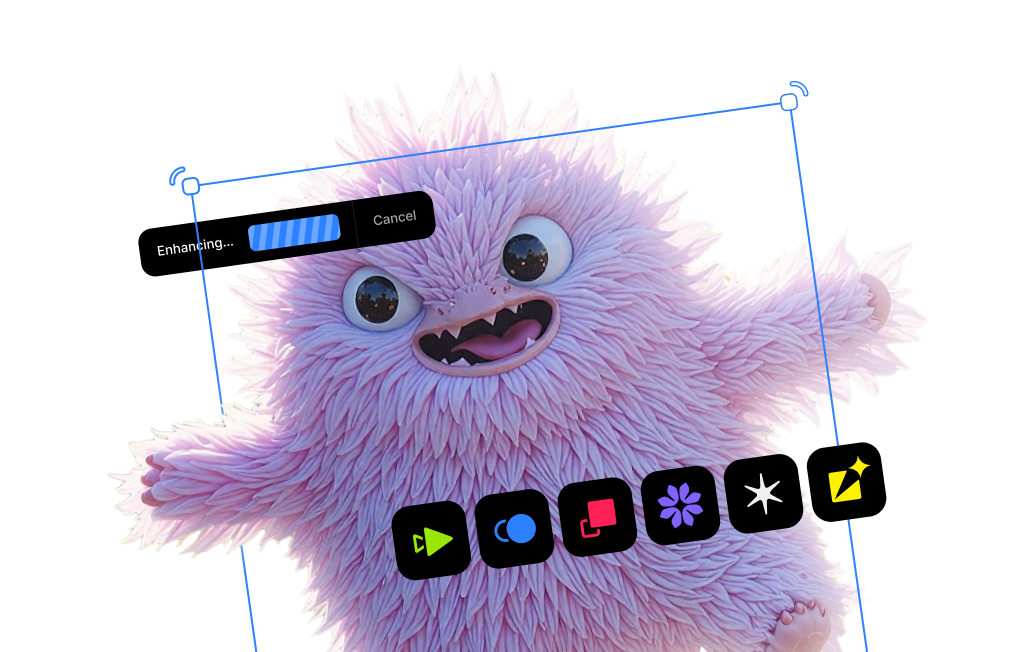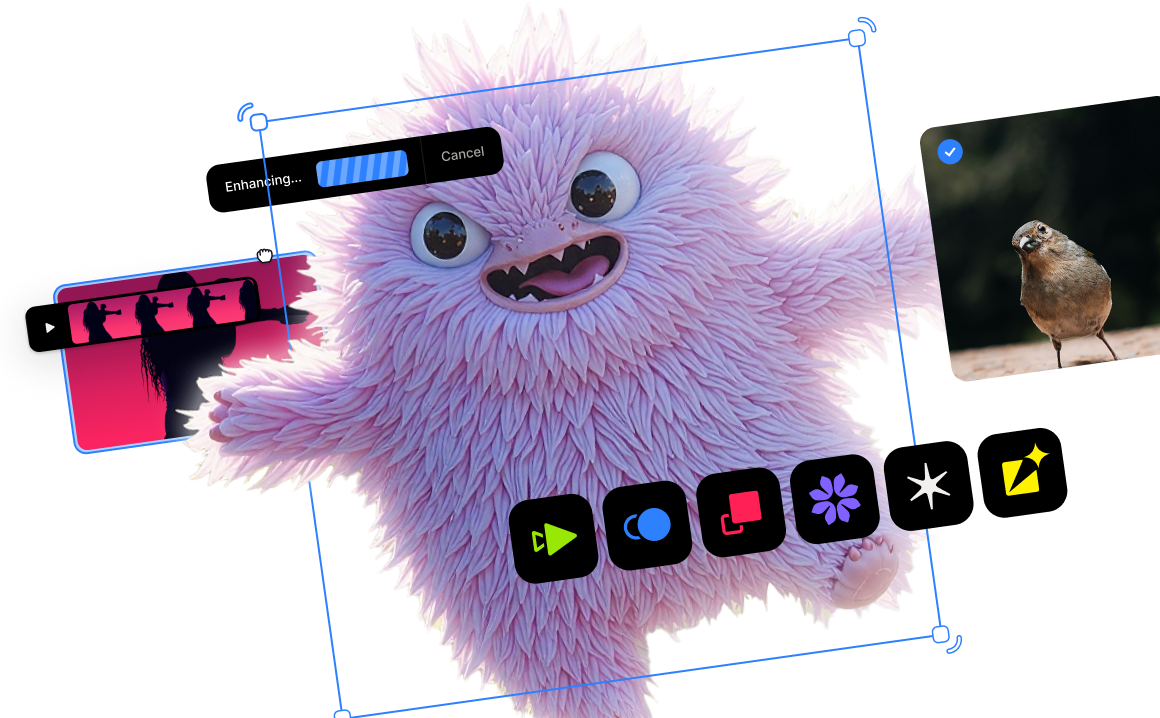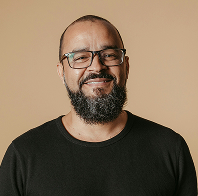How to Choose What Shutter Speed to Use

Article Outline
- Introduction
- What is shutter speed?
- Best shutter speed for sports photography
- Best shutter speed for wildlife photography
- Best shutter speed for portrait photography
- Best shutter speed for cloudy day and foggy photography
- Wrapping it up
Whether you take a photo using Auto Mode, Aperture Priority Mode, Shutter Speed Priority Mode, or full Manual Mode, it must abide by what I, and many other photographers, have dubbed "The Holy Trinity" of exposure. This holy trinity comprises three distinct settings, each of which plays an integral role in how the photo is exposed and the "feeling" achieved within the composition. The three settings are:
- Aperture (f-stop)
- Shutter Speed
- ISO
It's best to consider these three settings as relational and not mutually exclusive. In other words, there is no scenario in which adjusting one of these settings will not somehow impact the other two settings and result in a different-looking exposure. These settings don't operate in their own bubbles. Instead, I prefer to envision a pulley system in which all three settings are tied together.
I just wrote that each of the three exposure settings affects the other two. So, when I advocate for you to use a specific shutter speed in the examples below, I assume that you will also set the optimal settings for Aperture and ISO to achieve a properly exposed photo. In this article, I will focus on shutter speed and illustrate how changing this one setting can fundamentally alter the overall feeling of the photo across several genres.
The simplest way to explain shutter speed is the duration of time when light is permitted to hit the sensor (or film plane). Shutter speed is represented in fractional and whole seconds (or even minutes for really long exposures). You can set it using your camera's respective dial (or menu setting). The typical range of shutter speeds varies from camera to camera. In most cases, the fastest shutter speed available will be between 1/8000 sec and 1/4000 sec, depending on the camera. The longest shutter speed available is typically 30 seconds, but you can exposure for longer if your camera has a "Bulb" mode. In Bulb mode, the shutter curtain will remain open as long as you press the shutter release button (or cable).
The longer the shutter speed, the more time light has to resolve on the sensor. Any motion occurring while the shutter is open will be captured for the duration of the exposure. So, if you take a photo with a fast shutter speed, the action or movement within the frame will appear "frozen" or crisp. In the following photo, I used a fast shutter speed (1/200 sec) to freeze the crashing wave, capturing every droplet as it exploded in the air.

I took this next photo at the same location but shortly before the previous one. Rather than using a fast shutter speed, I opted to use a more prolonged 1-second exposure to capture the motion of the water as it fell into this sinkhole. When you use a longer shutter speed, you're allowing more time to expose your photo, whereby the action or movement within the frame will appear softer and more fluid.

I will focus on a subset of genres in this article because this article could go on forever if I don't. And while I will be sharing my recommendations for what I believe are optimal shutter speed settings, it's ultimately your decision to make as to whether they suit your taste. The great thing about photography is that much of it is subjective. The more important goal is to determine what you're aiming to achieve with your composition and then know how to properly configure your camera (and lens) to realize it.
Almost everything related to sports photography is dynamic. Your photos typically will capture athletes or competitors engaging in a wide variety of actions. Your job is to bring your viewer into the frame to feel the exertion, tension, or anxiety. The general idea is to freeze the action of the sport so that you capture that energy. Sports photographers often rely on fast shutter speeds—typically 1/500 sec. or faster—and using a camera capable of large frame bursts. The athlete is essentially frozen in motion at those shutter speeds. Let's use this photo of a baseball pitcher as he exits his windup to throw his pitch. The photo uses a shutter speed of 1/8000 sec, which may seem fast but is required to freeze the player's motion effectively.

While a fast shutter speed is often recommended for sports photography, it isn't the only option. I've found that most sports photojournalists tend to use faster shutter speeds because their goal is to document the event. But what if you want to apply a bit of creative composition to your sports photo? Before you consider dialing in your shutter speed, you need to determine the purpose of the photo. Let's use competitive bicycling as an example. The first photo was taken at 1/3200 sec and shows a woman pedaling through the frame. Everything about the cyclist is frozen at that shutter speed, almost as if she is stuck in place.

Let's compare that to a photo I took of an Ironman triathlete in 2014. My goal was to infuse a distinct sense of motion as if the cyclist was hurtling through the frame. I opted to slow my shutter speed to 1/4 sec while panning with the subject as she crossed my frame to achieve this effect. The effect feels more immersive and engaging, especially compared to the previous bicyclist photo.

Once you know what your desired outcome should be for your sports photos, you'll be able to determine what the optimal shutter speed should be to achieve the result.
Wildlife photography is a great genre to follow sports photography because its compositions are often similar. Namely, wildlife photographers go to great lengths to capture animals while resting, hunting, or flying (just to name a few actions). Wildlife photographers often use fast shutter speeds because animals often move unpredictably. Furthermore, if your shutter speed is not fast enough, the action you're attempting to capture may look soft.
Let's use this photo I took many years ago during a dogsledding trip in Maine. As you can imagine, these dogs run fast through the snow and can change direction without much notice. I had envisioned a particular photo that required freezing the dogs (no pun intended) while running, necessitating a fast shutter speed. The shutter speed you use in this application depends on how fast your subject moves through the frame. For example, a bird rocketing through the frame may require an extremely fast shutter speed—perhaps 1/1000 sec or faster—whereas these dogs, while running fast, only needed a 1/400 sec shutter speed.

Does that mean that all wildlife photography requires you to use a fast shutter speed? Much like our sports photography examples, it depends on your desired outcome for the photo. Our friend, Bill Maynard, published an article on the Learning Center that digs deep into the technical and creative ways to approach wildlife photography. According to Bill, "to freeze action with birds in flight, make your go-to shutter speed 1/3200th. Even faster for small songbirds and hummingbirds." In his photo, Bill clearly illustrates why such a fast shutter speed is needed if the intent is to freeze the bird mid-flight.

Are wildlife photographers permanently bound to the ethos that fast shutter speeds are the rule? Absolutely not! What happens if you want to take a more creative approach to this type of composition? You could apply the panning technique I referenced above. Or, you could get creative with your shutter speed. In Bill's next image, the available light began to wane, forcing him to think outside of the box. By slowing the shutter speed to 1/80 sec, Bill allowed more light in and got an unexpectedly creative result.

Bill caveats this creative process with a fair warning: "You can expect that your keeper rate when shooting like this will be extremely low. All you're looking for is one image where the eyes are in focus, and the wings look like they've hit warp speed. This image required sharpening of the eyes in post, noise reduction, cropping, and enlarging. I could not have successfully rendered this image without processing it in Topaz Denoise AI, Sharpen AI, and Gigapixel AI."
Often, portrait photographers will pay closer attention to the aperture setting of their camera and lens than the shutter speed. The photographer can use a wider aperture to introduce a shallower plane of focus with a pleasing falloff. That's why "fast" lenses (f/2.8 or faster) with longer focal lengths (85mm or longer) are so popular with portrait photographers. Here's a great example of how using a wide aperture (f/1.8 in this example) with portrait photos can yield a very shallow depth of field. Do you see that the eye closest to the lens is tack sharp, but the focus rapidly falls off as you go further into the frame?

However, this article will focus on how shutter speed, not aperture, impacts portrait photos. It's my experience that many portrait photographers prefer using faster shutter speeds when taking portrait photos. While 1/125 sec should suffice depending on the lighting conditions, a safe starting point would be 1/250 sec or faster. That is especially true if you're photographing a person outside and want to keep elements such as hair and clothing sharp. Let's use this outdoor portrait photo as an example. By using a fast shutter speed of 1/250 sec, the photographer effectively froze the model's hair in place. Had they used a slower shutter speed, the hair would have been blurry and possibly distracting for the viewer.

While many portrait photographers rely on fast shutter speeds to ensure sharp results, there is something to be said about experimenting with longer durations, especially if there is room for creativity and fun. Let's use this portrait photo of a dancer in action. If the photographer opted to use a fast shutter speed, you would see the dancer frozen mid-stride. Every element of the subject would be static and in place. However, because the photographer used a longer 1-second shutter speed, he was able to capture the graceful fluidity of the dancer. This photo is undoubtedly a higher-concept and more abstract portrait photo. Still, it is an excellent example of why you should always experiment with unconventional shutter speeds if you can.

You can take this creative concept further by marrying a fast-moving element with a static portrait. In this example, I determined that one second was the optimal shutter speed to capture the movement of the ocean against this iceberg. However, the composition was lacking because it was primarily monochromatic. So, I asked a fellow photographer to position himself in my frame and told him to stay perfectly still for one second. The resulting portrait photo is more interesting because it contrasts a moving element (the ocean) against static ones (the iceberg and photographer) and would not have been nearly as effective had I used a faster shutter speed.

I love photographing landscape scenery when there are defined, fast-moving clouds (or fog) present. While I'd be happy to photograph any landscape, even under blue to overcast grey skies, my preference is to have some definition in the sky. Like the previous genres above, shutter speed plays a vital role in determining the result of the photo. In most cases, I let the rate at which the clouds (or fog) move to determine what shutter speed I should use.
The easiest way I've found to assess the movement of clouds is to focus on a particular spot in the sky and pay attention to whether the surrounding clouds move through it quickly or slowly. If the clouds or fog are well defined and moving slowly, I'll typically use a faster shutter speed. I've found that using a long shutter speed with slow-moving clouds yields unpleasant, messy results. Look at the following photo as an example. I used a long 15-second shutter speed, and while the water was moving fast enough to glass over, the clouds looked messy because they weren't moving nearly as fast. When you look at the cloud edges, you'll see that they look smudgy, almost as if I missed focus.

You can apply the same principle to landscape photos containing fog. Several years ago, I took a trip to photograph the California coast. One morning, a thick fog bank and clouds swept through a valley leading to the ocean. Neither the clouds nor the fog moved fast, and their edges were clearly defined. My initial instinct was to use a fast shutter speed of 1/800 sec to capture those edge details, resulting in a dramatic photo.

However, I was curious about the resulting photo if I used a very long shutter speed. So, I affixed a 10-stop neutral density filter and set my shutter speed to Bulb mode, allowing me to keep the shutter open for as long as I pressed the shutter release button on my remote cable. In this example, I kept the shutter open for 57 seconds. While the resulting photo is pleasing, I don't find it nearly as dramatic or interesting as the previous photo because I lost so much important definition in the fog and clouds.

I enjoy discussing shutter speed so much because of its impact on both a composition's technical and creative aspects. We covered several genres in this article, and you've seen the dramatic changes that shutter speed can have based on your intent in each one. So, if there is one lesson I hope you take from this article, it is the importance of determining the intent of the photo and then knowing how to use the shutter speed setting (along with the aperture and ISO settings) to achieve the desired result.
I hope you found this article insightful and helpful. Be sure to leave your thoughts in the comments section below.




.png)
.png)
.png)




